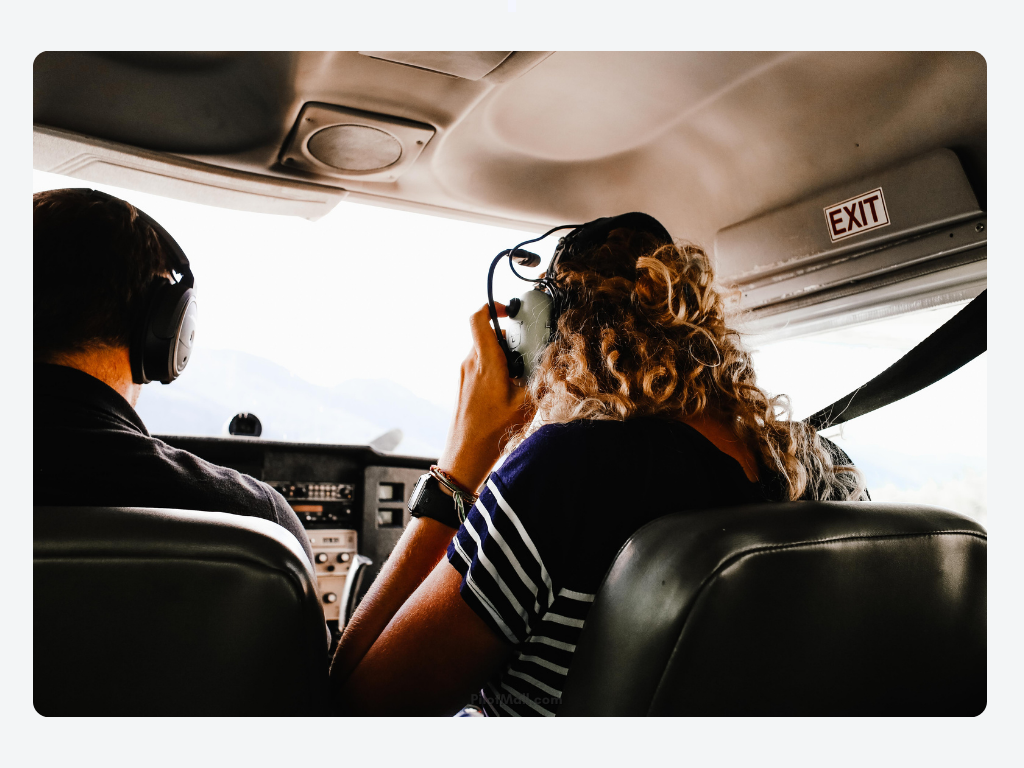No Flaps: How To Fly A No-Flap Landing (Is It Dangerous?)
When a student pilot is told by their flight instructor that they will be executing a no-flap landing, it can initially feel like a challenging task. However, understanding the significance of this maneuver and how it can be incredibly helpful in certain situations is crucial.
In this article, we will explore the art of executing a no-flap landing.
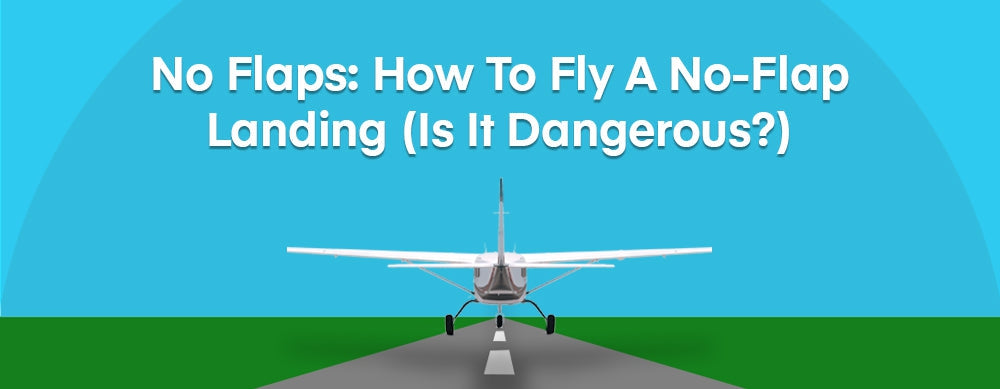
Featured Pilot Gear
Browse our selection of high-quality pilot supplies! Your purchase directly supports our small business and helps us continue sharing valuable aviation content.
When a student pilot is told by their flight instructor that they will be executing a no-flap landing, it can initially feel like a challenging task. However, understanding the significance of this maneuver and how it can be incredibly helpful in certain situations is crucial.
In this article, we will explore the art of executing a no-flap landing, highlighting its importance as a valuable skill for student pilots to master and offering insights into how it enhances the pilot's sight picture.
Remember, even experienced pilots can also benefit from revisiting this essential technique to refresh their knowledge and skills.
What to Expect with a No Flaps Landing
Flaps are high-lift devices that are located on the wings of an aircraft, these are typically extended during an approach to land. Wing flaps help to reduce airspeed and add more lift, which in turn allows for a controlled and safe landing experience.
When flaps are not available(or the winds are gusty), the pilot will need to make some adjustments in order to safely land the aircraft.
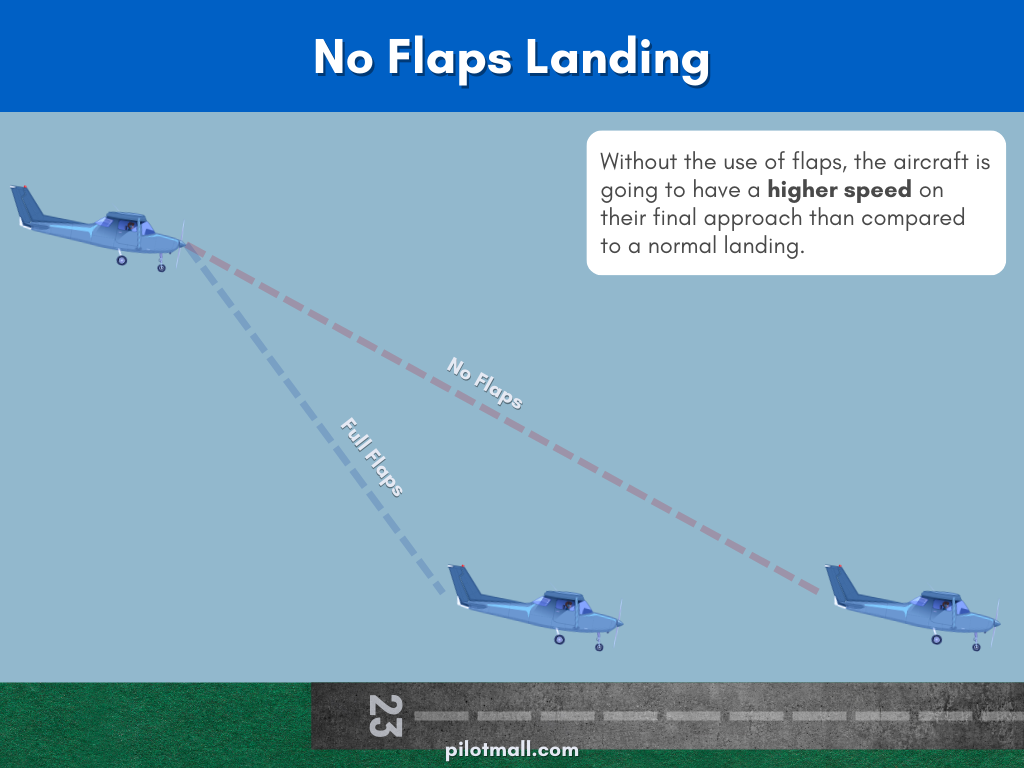 Here's what you can expect from a no-flaps landing:
Here's what you can expect from a no-flaps landing:
-
Faster Approach Speed
Without the use of flaps, the aircraft is going to have a higher speed on their final approach than compared to a normal landing. Considering this factor, a pilot will need to use a long runway(or more of the runway) to safely land.
-
Harder to Maintain
A no-flaps landing will add on to a pilot's landing workload. A pilot will need to carefully manage their speed, altitude, and descent rate along with judging where to land on the runway.
-
Slippery Airspeed
A no-flap approach has less drag, so it needs less power even with higher airspeed. Some planes are harder to control without flaps, risking acceleration beyond the recommended speed and difficulty slowing down.
-
Longer Landing Approach
With a no-flaps approach, expect the aircraft to need more runway distance and to touch down farther on the runway due to the higher airspeed.
-
Higher-Nose Pitch
Without the extra lift provided by flaps, the pilot must accelerate and fly at a steeper pitch during the landing approach. This means they have to take their aircraft in at a faster airspeed and a sharper angle of attack which creates a relatively nose-high attitude.
-
Less Drag = Ballooning
Without flaps, the aircraft enters the landing flare with extra airspeed and does not bleed off speed as well. Over-rotation during the flare can cause ballooning.
Occasions for Landing Without Flaps
Situations arise when flaps can't be used for landing. A no-flap approach is far different than a normal full-flap approach; it requires different approach speeds, more speed stability, higher pitch attitude, and longer flare and landing distances.
The cause of unextendable flaps varies—electrical or hydraulic failure, freezing due to altitude, poor maintenance, split-flap conditions, cracked tracks, and seized bearings. No matter why the flaps won't deploy, the end result is always the same: time for a tricky no-flaps landing!
Emergency Reasons:
-
Electrical and mechanical failures
Non-emergency Reasons:
-
Extremely windy conditions: You might need to try to maintain positive control in a maximum crosswind situation.
-
Icy conditions
-
Instrument approach
Why You Should Practice No Flap Landings
No-flap landings necessitate the pilot to sustain a heightened pitch attitude throughout, extending the aircraft's time aloft before the touchdown phase. There exist situations where no-flap landings can enhance safety compared to adhering strictly to standard techniques.
This is particularly relevant for specific aircraft and airports where a partial-flap landing is more advantageous.
In these scenarios, careful consideration of the flare, touchdown, and roll-out phases, along with an awareness of the aircraft's stall speed, traffic pattern, and flight instruction, becomes crucial for a smooth ground roll and a safe landing.
Check out this amazing video by Epic Flight Academy for more on No-Flap landings.
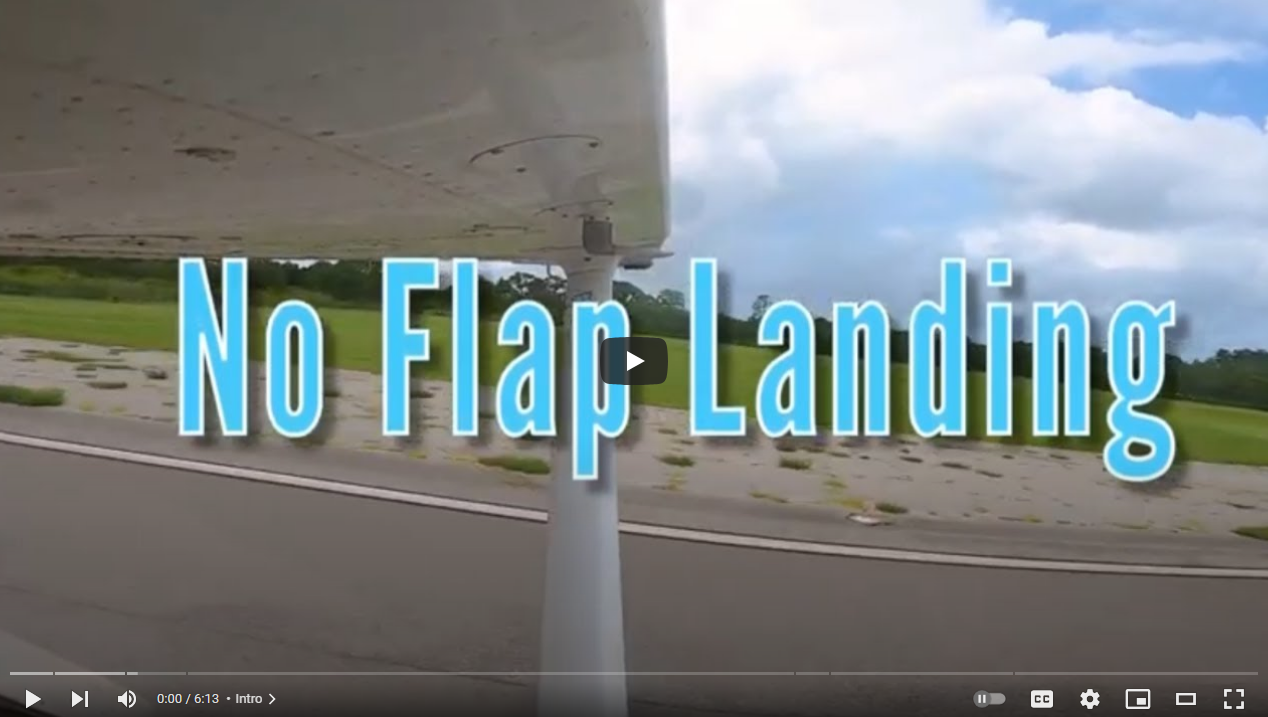 (source: Epic Academy YouTube)
(source: Epic Academy YouTube)

-
What does no flaps mean?
Flying and landing the aircraft with the flaps retracted.
-
Why would you land with no flaps?
Due to an emergency where the flaps fail or wind conditions it may not be wise to land with flaps extended.
-
What planes do not have flaps?
Certain pre-and-post-WW2 light aircraft do not have flaps, such as the Piper Cub, Piper Clipper, and the Piper Vagabond.
-
Are flaps necessary for landing?
Flaps are useful aids to use during the landing process because extending flaps increases the camber of the wing. However, they are not required for a landing depending on the situation and the aircraft.
-
Can you land a passenger plane without flaps?
Yes, passenger planes can be landed without flaps, but it's more challenging. Flaps are crucial for slowing the plane, increasing lift, and facilitating a steeper descent.
Without them, landings require higher speeds, longer runways, and careful energy management. While possible for emergencies, fully functional flaps are preferred for standard landings to ensure safety and effectiveness. -
What is the approach speed for no-flap landing?
Many light airplane manuals lack a recommended no-flap approach speed. In such cases, calculate it by multiplying the clean configuration stall speed by 1.3. If this information is also absent, use 1.3 times the bottom of the green arc on your airspeed indicator.
-
Is it dangerous to land without flaps?
Landing an aircraft without the use of its flaps can be difficult and not as effective, yet it is perfectly safe if done the right way in particular situations.
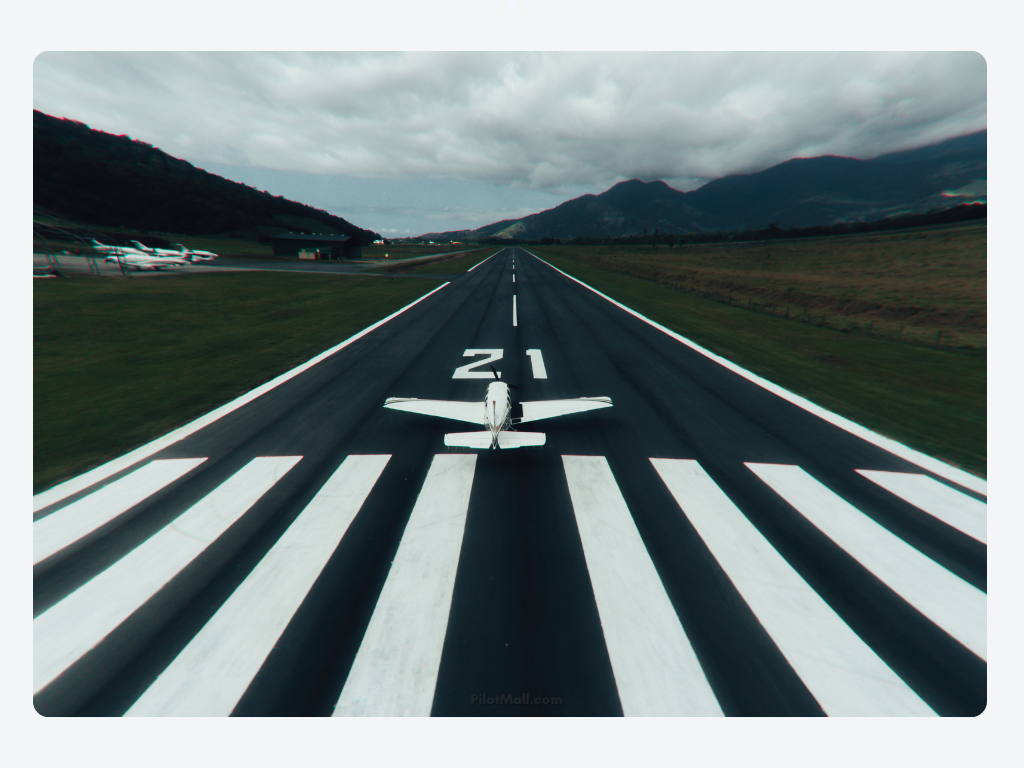
Takeaway
It's important for pilots to strike a balance when it comes to their approach and landing configurations. While the idea of no-flaps landings may initially raise concerns, it's crucial to remember that they are a practiced and viable technique, especially in certain scenarios where extending flaps could reduce safety.
By understanding the dynamics of pitch and roll axes, the impact on landing gear, and the aircraft's stall speed, pilots can make informed decisions about when to opt for no-flap landings.
Ultimately, the key takeaway is that, when used judiciously and in accordance with best practices, no-flap landings can be a valuable tool in a pilot's skillset, contributing to overall flight safety and versatility.
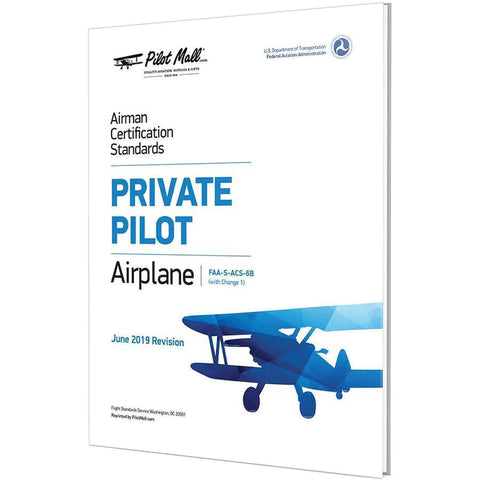
|
Airman Certification Standards (ACS) - Private Pilot AirplaneUnderstand what it takes to earn your private pilot license with our Airman Certification Standards reprint (FAA-S-ACS-6B). The soft cover book contains the most up-to-date information for FAA standards on aeronautical knowledge, risk management and flight proficiency for the private pilot certification in the airplane category, single-engine land and sea; and multiengine land and sea classes. |
Want to learn other pilot skills?
Check out these links to learn maneuvers that many pilots have mastered!
-
How To Fly Turns Around A Point (Complete Guide + Lesson Plan)
-
The Chandelle Maneuver: What it is and Why You Should Learn to Fly it
Did you find this article helpful?
Do you think we missed anything important? Let us know in the comments below!


























